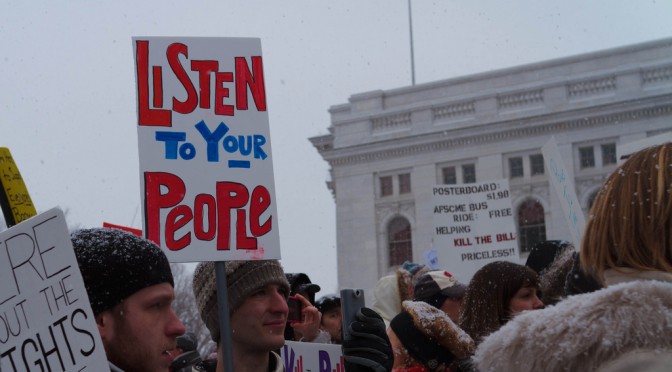On July 3rd, we posted Part II of Nick Unger’s series on union structures, labor history and union member consciousness. As with the first installment, the responses have been rolling in. Here’s a sampling:
From Martin Morand, Professor Emeritus, Industrial and Labor Relations, Indiana University of Pennsylvania:
Nick is painfully correct — as far as he has gone. Since he promises, “Glimpses of new possibilities that might make one less forlorn,” my cavils may be premature. But, “fools rush in…”
As critique this is brilliant — painfully so. Until I see the “new possibilities,” I remain forlorn. As with Occupy, it exposes and labels the enemy without quite providing a solution. Continue reading Response to Nick Unger’s “Unions as Consciousness Builders – Part 2”



